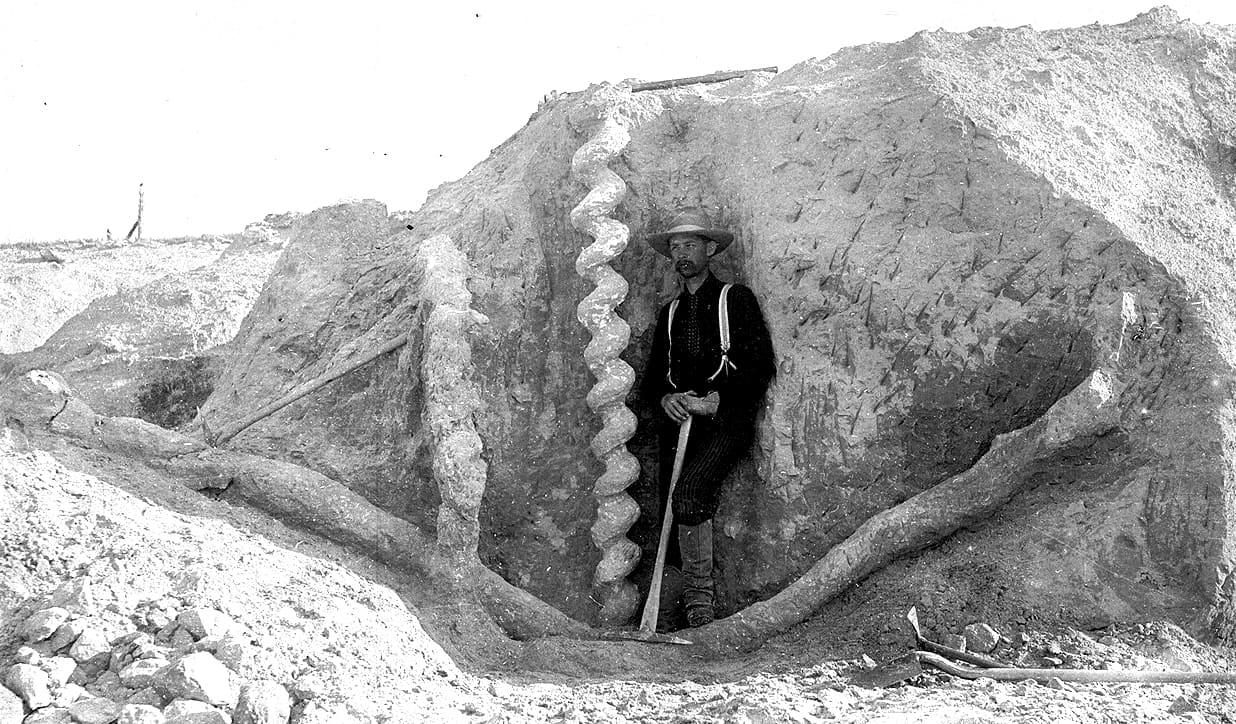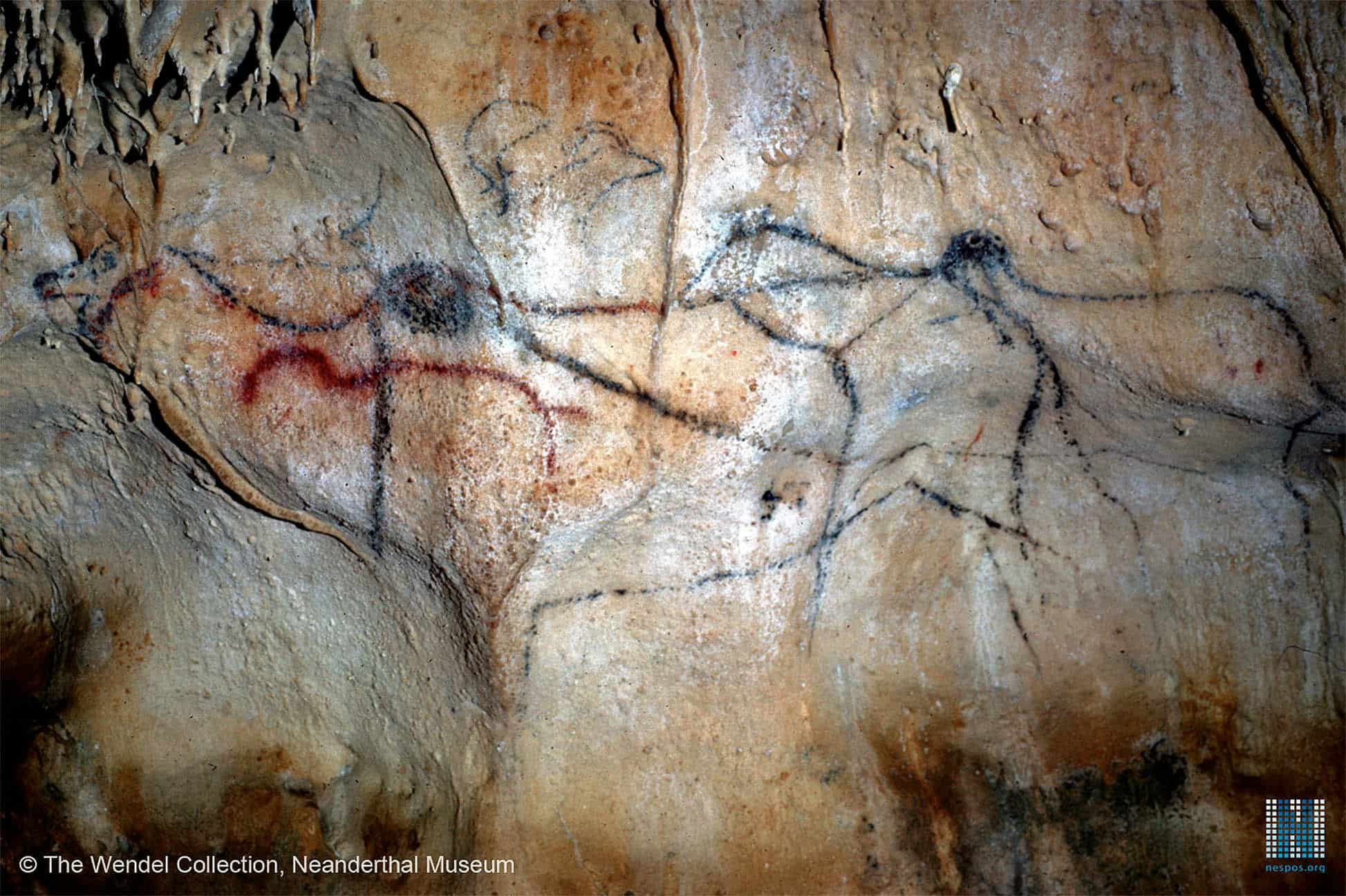
By Lindsay Kastroll, Master’s student in Biological Sciences, University of Alberta
Demystifying the way the science actually works…
Much of the work that museums do boils down to educating the public, and they are often quite good at it. You probably wouldn’t be reading this blog if that wasn’t the case! Science communication is an important part of what museums like the Philip J. Currie Dinosaur Museum do. However, much of the information that is being communicated is the end product of years of research: Why did Parasaurolophus have a crest? At what age did Pachyrhinosaurus reach adulthood? Was Tyrannosaurus the biggest land predator of all time? The palaeontologist Thomas M. Lehman compares this practice to “trophy hunting,” showing off the fascinating prize from all those years of research. And because this information is really thought provoking on its own, we don’t often stop to discuss how palaeontologists figured it out in the first place.
Enter Palaeo How-To, a new blog series designed to take you “on the hunt,” as it were – behind the scenes access to how the science of palaeontology is actually done. These blogs are designed to build on each other, giving you the basics of different concepts and growing more complicated over time. To some enthusiasts, these early editions may seem elementary, but many people might be surprised to learn that they’re unfamiliar with some of the basic fundamentals of the field. To kick us off, then, is one of the most important basic concepts in palaeontology: what is palaeontology, anyway?

These spiral-shaped structures, sometimes called “devil’s corkscrew,” are actually the burrows of prehistoric beavers called Palaeocastor. Palaeontologists solved the mystery of the “devil’s corkscrew” when they found fossils of the beavers at the bottom of the burrow. Photo by James St. John.
Simply put, palaeontology is the study of prehistoric life. This is a very broad definition, because the kinds of evidence a palaeontologist might study to learn about prehistoric life can be wide-ranging. Palaeontology isn’t just dinosaur bones! It also includes structures made by single-celled organisms, footprints left by giant millipedes, pollen on a bee in amber, fossilized burrows of small mammals, or even entire frozen baby mammoths. A palaeontologist might specialize in a specific group of living things, a specific time period, a specific geologic formation, a specific type of remains, etc.
Please note that none of these topics mention human civilizations: these are the focus of archaeology. While commonly confused, palaeontology and archaeology are very different fields of study. You can conceptualize the difference by comparing the two most famous film franchises inspired by each field: Jurassic Park is palaeontology, while Indiana Jones is archaeology. Archaeologists study artifacts and remains pertaining to ancient human history, such as ancient pyramids, cave paintings, bog mummies, and even trash piles (also known as middens).
Since nothing is ever black and white, especially in science, there is still some degree of overlap between palaeontology and archaeology. For example, human evolution may be of interest in both fields, especially when it comes to closely-related species on our family tree. Additionally, the field of archaeozoology (sometimes called zooarchaeology) is a mixture of the two. In archaeozoology, palaeontology and archaeology can inform each other about the prehistoric animals that ancient humans interacted with. Together, palaeontologists and archaeologists can analyze the methods used to take down and butcher a mammoth, identify the food waste preserved in middens, or even recognize the creatures painted on the walls of caves.

Two Megaloceros in the prehistoric cave paintings of the French Grottes de Cougnac caves. These early portrayals have been influential for modern palaeoartists attempting to reconstruct Megaloceros. Photo by Heinrich Wendel (© The Wendel Collection, Neanderthal Museum).
There is no exact date demarcating what is or isn’t old enough to be of interest to palaeontologists. A decent indicator, though, is whether the organism has had enough time to fossilize – and the process of fossilization can take upwards of 10,000 years. Anything younger than that may be better suited for researchers who study more modern forms of life, but of course, even that line can be blurred.
Fossils and how they form will be explored more in depth in the next edition of Palaeo How-To. In the meantime, what further questions do you have about palaeontology? Are there any burning questions about the behind-the-scenes process of palaeo that you’re dying to have answered? Any particular topics you’d love to see covered, like how fossils are dated or how species are named?
Let us know at info@dinomuseum.ca! ✏
